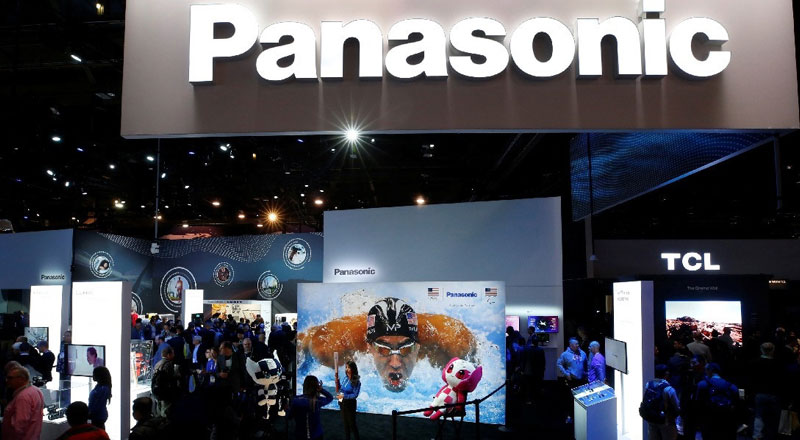Tech Giants Trim Workforce to Survive and Evolve
Over the past two years, major global corporations — especially in the tech and electronics sectors — have embarked on large-scale layoffs, citing reasons ranging from cost reduction and structural inefficiencies to a strategic pivot toward artificial intelligence (AI) and emerging digital technologies. Industry titans like Google, Meta, Microsoft, and Amazon have all executed thousands of job cuts, reshaping their organizational cores. These decisions, while economically rational, disrupt countless livelihoods and raise serious questions about the future of employment in legacy sectors. Now, Japan’s Panasonic Holdings has joined the list with one of the most sweeping layoffs in its history.
Panasonic’s Restructuring: 10,000 Jobs to Be Cut Globally
In a major announcement, Panasonic Holdings Corporation revealed its plan to reduce its workforce by 10,000 employees as part of a global restructuring initiative aimed at improving profitability and future-readiness. According to Bloomberg, the job cuts will be evenly split between Japan (5,000) and international operations (5,000). The layoffs are set to unfold within the current fiscal year, ending in March 2026.
This move is expected to cost the Osaka-based conglomerate a one-time financial hit of ¥130 billion (approx. $895 million), as it streamlines operations and exits underperforming sectors. Panasonic is targeting a return on equity of at least 10% by 2029, shifting focus toward high-margin, future-focused technologies like AI-driven solutions.
Legacy to Innovation: Strategic Shift to AI and Efficiency
Panasonic’s latest transformation marks a significant departure from its historical business pillars. Once a powerhouse in industrial devices, TVs, and home appliances, the company now deems many of these areas commercially unviable in today’s dynamic tech landscape.
By moving resources away from traditional hardware segments, Panasonic aims to become leaner, more agile, and innovation-driven, aligning itself with the broader industry trend of AI-first evolution. The company is betting on AI and smart systems to drive future revenue, and restructuring its workforce is seen as a critical step in realigning capabilities with this vision.
Broader Economic & Human Resource Implications
Panasonic’s move is not an isolated event but rather part of a global wave of layoffs across the tech and electronics industries. From Google’s cuts in its Pixel and Chrome divisions, to Meta trimming its workforce, and Microsoft’s reductions in Xbox operations, companies are divesting from stagnant sectors and doubling down on cloud computing, AI, and automation.
While these shifts may enhance corporate agility and financial metrics, the human cost is substantial. Thousands of skilled professionals in legacy domains face job insecurity, leading to ripple effects across families, local economies, and supply chains. Moreover, the burden of reskilling and transitioning falls heavily on the workforce, often without adequate institutional support.
For economies like Japan, where demographic challenges already pressurize the labor market, such job cuts could contribute to a talent mismatch — with older workers displaced from traditional roles but untrained for AI-centric industries.
A Bold but Costly Bet on the Future
Panasonic’s decision to cut 10,000 jobs marks a pivotal moment in the company’s journey — a painful but calculated transition toward a future rooted in digital transformation and AI innovation. While the move may bolster the company’s competitiveness and profitability in the long run, it also reflects the growing volatility of the tech workforce, where adaptability is becoming as crucial as expertise.
As Panasonic and its peers navigate this turbulent shift, the onus is now on both governments and corporations to implement robust reskilling programs, ensure responsible layoffs, and balance innovation with social accountability — lest technological progress leave too many behind.
(With agency inputs)






















